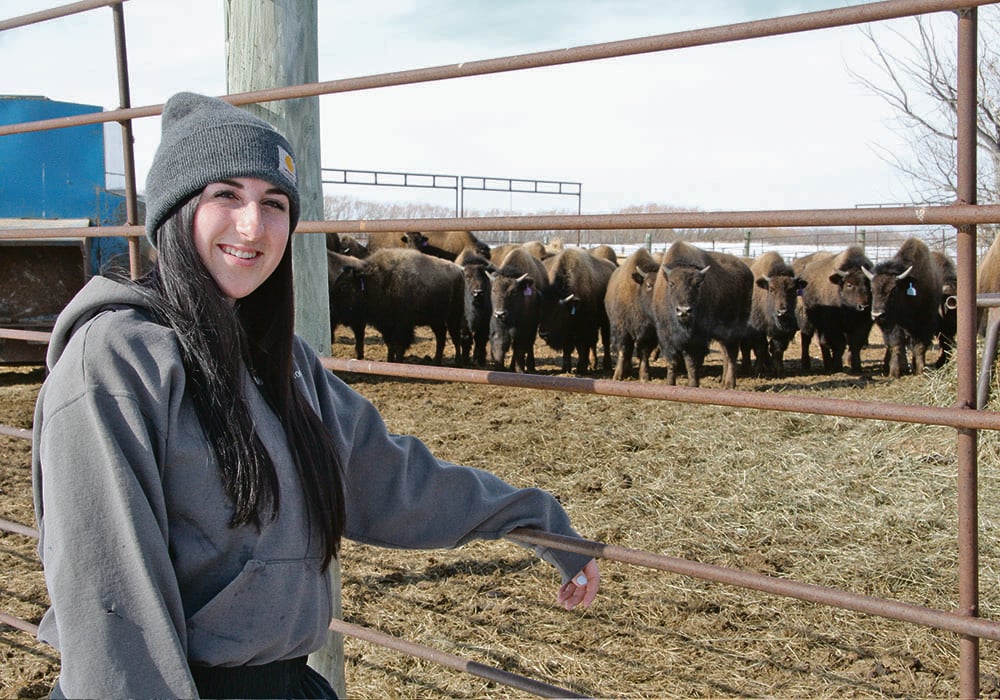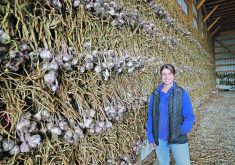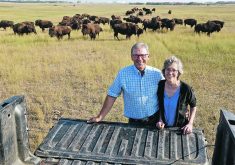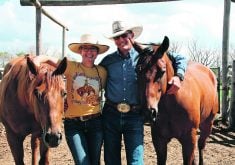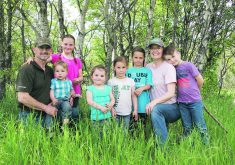MELVILLE, Sask. — There was no question what Payton Molnar would do once she finished high school.
Growing up in a family of bison ranchers, her career path was likely set before she was born.
She bought her first 12 females in 2015 and now, at 21, she is one of the youngest bison producers in the province.
She has 60 head and big plans to be among the best.
Banner Bison is a third-generation operation north of Melville, Sask. located in the same area where her relatives established bison ranches in the early days of the industry.
Read Also
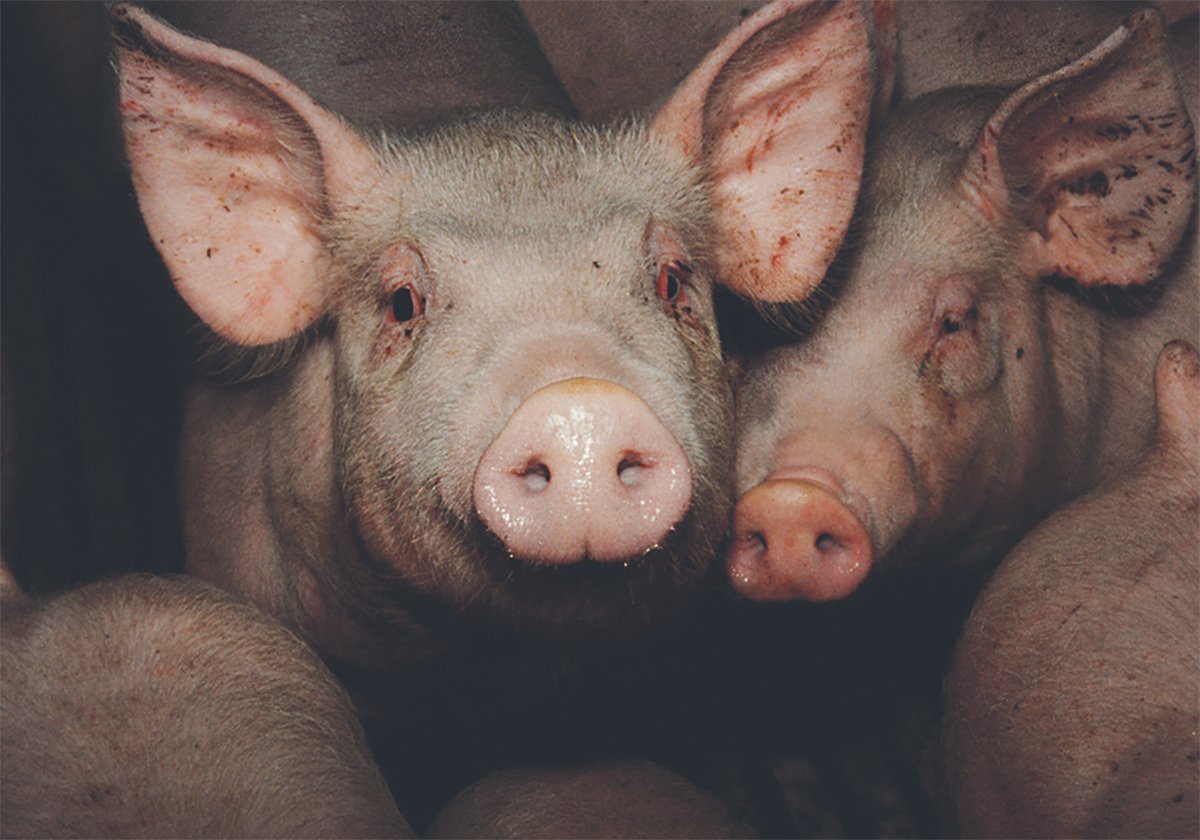
The Western Producer Livestock Report – October 30, 2025
Western Producer Livestock Report for October 30, 2025. See U.S. & Canadian hog prices, Canadian bison & lamb market data and sales insights.
Their names are well-known.
Molnar’s grandparents are Allen and Lauretta Schwitzer of Checotah Bison Ranch, her uncle is Trent Schwitzer from Tatonka Ranch, and her parents are Jerry and Kim Molnar, who have Braveheart Bison.
Molnar worked as a ranch hand for her grandparents and uncle and describes herself as content on the farm. She doesn’t see herself going anywhere.
“I fell in love with it,” she said.
Still, despite the family history, Molnar is doing this her way and with her money. She established her business right after high school.
“I got my first job at age 12,” she said. “I’m one to save, and be stingy with my money. I’m doing this all on my own.”
True, she still lives at home with her parents and younger brother, Leyden, but she operates her business separately.
“Lots of people think I’m just a young girl and dad pays the bills,” she said. “That’s not true.”
She rents land for her animals and just bought three new cell feeders.
Last year, she purchased 50 choice cows with an eye on the show circuit.
“I wanted to step up my game,” she said. “And I wanted to get my name out there.”
That move paid off.
At Canadian Western Agribition she was named rookie of year after showing the grand champion female, and placing with all her animals. This included gold yearling heifer, silver yearling bull, bronze bred two-year-old and fourth with another yearling bull. Molnar also won the senior and junior judging event.
“That gave me a lot of confidence that I know how to pick my animals,” she said.
She also did well in the sale afterward, with her grand champion topping the female side at $5,750 and her others totaling more than $18,000.
Molnar kept back some future breeding bulls and is now eying up her herd with a view to more shows.
Eventually, she would like to get more involved in the industry associations and judging.
“I’ve been watching and learning,” she said. “I highly recommend the junior judging program.”
Culls are shipped to Denver for the meat market. Her parents used to sell meat at farmers markets and in some smaller stores. But there is lack of butchers nearby who will process bison.
Her parents plan to do more camping this summer and leave Payton in charge of their herd of 100 cows, calves and 100-head feedlot as well.
“There’s not much I really can’t do out here,” she said. “And there are people around I can call for advice.”
She is obviously aware of the dangers of working with bison. The grazing pastures are fenced with six-strand wire, the middle of which is electric.
Molnar said there aren’t many issues with the bison getting out, unless a bear or a moose damages the fence. Bison are worked with trucks and tractors for protection of all.
When the animals do have to be processed, Molnar uses a hydraulic handling facility that her father and grandfather built about the time she was born.
The last couple of years have been dry in the region, which typically is not the case. Bison are self-sufficient animals but Molnar still hopes this year will bring a better feed crop.
“I’m renting four quarters and making use of what I can, cutting and baling and making hay where I could,” she said.
Her connection to the land is strong.
Quadding, shed hunting, hunting and berry picking are all things she likes to do when she has time. She also works on a casual basis at the nearby G3 terminal loading grain cars.
She has watched over the years as people’s fascination with bison continues. The family has encountered people in vehicles just sitting on the roadside, eating their lunches and watching the bison graze.
“It’s still rare and special for people who don’t see them every day,” she said.
Molnar said she will eventually expand her herd depending on weather and markets.
“I’d like to keep expanding. Sixty is a very comfortable number for me right now.”


